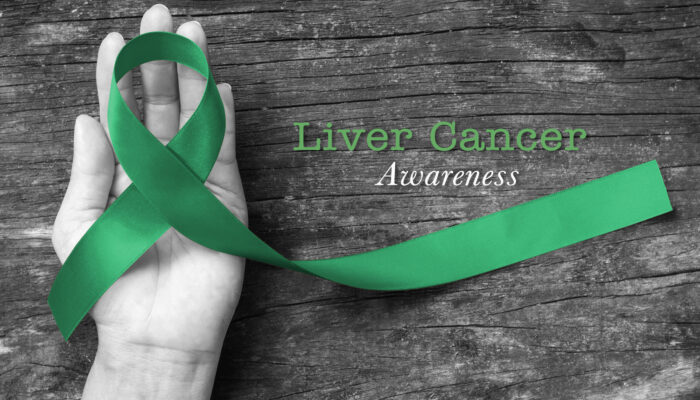
An overview of angina and heart attacks
Angina and heart attack present similar symptoms and are indicative of the same disease. But it is important to know their difference in order to treat the two accurately. Angina is a demand-supply imbalance of blood to the heart muscle. The muscle that makes up the heart requires oxygen just like any other muscle. It leads to chest pain, due to the coronary arteries narrowing or hardening because of fat deposits, or plaque, in them. When the heart continues to be deprived of oxygen, it leads to heart muscle damage, with the muscle even dying. This is when a heart attack takes place.
Angina that leads to a heart attack is unstable angina. This is an emergency and you need immediate medical intervention. Unstable angina does not follow a set pattern like stable angina. Stable angina typically occurs when a person is under exertion and stress, like climbing a flight of stairs. Unstable angina can happen even when the person is relaxing or sleeping. Medication and rest will not help either.
A heart attack takes place when the plaque buildup in the arteries from angina break open and form clots. The clots then block the artery leading to the heart. This leads to the heart being deprived of oxygen and blood. This leads to a heart attack and cardiac arrest, and can also cause sudden death.
This plaque in the coronary arteries can be built over a period of time, even from a young age, causing coronary artery disease. Many lifestyle indicators like high blood pressure, high cholesterol, obesity, smoking, etc, usually form risk factors. Excessive stress also leads to fat depositing in the artery.
Symptoms of unstable angina include
- Comes without warning
- Chest pain and constriction in the area
- Dizziness, nausea, lightheadedness
- Extreme fatigue
- Breathlessness
- Leads to heart attack
In order to find the blocks in the coronary arteries, the doctor may first perform a cardiac catheterization. In this procedure, a catheter is inserted through an artery in the arm or leg, and this is led to the coronary artery. A liquid dye is then injected into it. The doctor can identify the flow of dye by observing high-speed X-ray movies and determine the blockage.
Based on the extent of blockage in your coronary arteries, your doctor may advise on treatment options:
Percutaneous coronary intervention
If the symptoms started within 12 hours, percutaneous coronary intervention is administered. This is usually after a catheter is inserted to see the extent of the blockage. The catheterization is followed by using a catheter to introduce a balloon to burst the plaque buildup. The balloon is then deflated and the catheter is removed. The doctor will follow this up by putting in a stent to keep the now free arteries wide enough to let the blood flow to the heart.
Coronary artery bypass graft surgery
This is an option decided upon based on the extent of coronary artery blockage and upon the patient’s medical history. In this procedure, a blood vessel is used to route blood around the blocked part of the artery.



